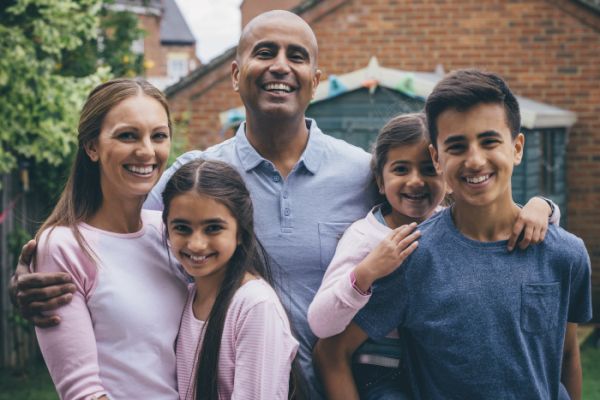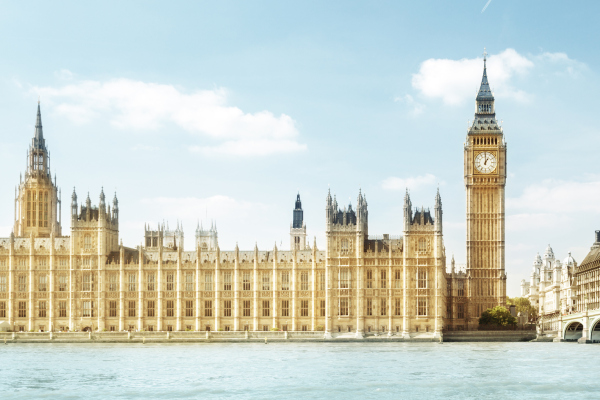Working as a school counsellor in England, my heart sank when I read the Government’s draft guidance to schools about young people’s gender identity.
The guidance encourages schools to adopt a starting position of caution when deciding whether to support a trans or non-binary student to use the name, pronouns, bathroom or sports team that fits how they identify themselves.
In the therapy room, I meet all young people with unconditional positive regard. I hold space for them to feel safe enough to grow into the people they are becoming, even when their sense of self changes over time. I help them to take the things they feel on the inside and express them on the outside. Often, I help my clients to imagine and rehearse possible ways of communicating their needs to the other adults in their lives. But how might that change if a school in which counselling takes place is sceptical about my client’s sense of self?
I am proud to be a LGBTQ-affirmative therapist for children and young people. Based on my own and others’ experiences of working with queer and trans young people, I believe that affirming young people to be themselves is not only ethical, but also potentially life-saving.
Instead of meeting trans and non-binary children with doubt, what would it be like if schools celebrated trans kids? What if schools were empowering places where all young people could learn, develop and grow into themselves? What if school leaders felt proud of their school community each time a young person felt able to introduce themselves with authenticity and autonomy?
At the time of writing, the Government guidance is not yet statutory. However, narratives are powerful, and words such as ‘contested belief,’ ‘cautious approach’ and ‘watchful waiting’ do nothing to change negative perceptions that being trans is something to be avoided. The fact that schools have already asked staff to read the guidance has the potential to cause a lot of damage. I have worked in schools for many years and have experienced them as busy places with increasing pressures - staff are stretched for time and their work is subject to scrutiny. I imagine that the pressure to adopt Government guidance will be significant.
Many school staff may simply feel that they do not know enough about ‘the issue’ of gender identity to be able to challenge what is already written in print. The wording of the guidance lacks accessibility as well as compassion, and it promotes the idea that supporting young people who are not cisgender is a specialist issue rather than a human rights one.
Schools have a lot to contend with – how to accept trans children in their communities should hardly be their biggest challenge, yet documents like the Government guidance may stoke panic and mistrust where there could be respect and celebration. As a school counsellor, I will continue to offer a space for young people to be authentically themselves.
There are a number of LGBT charities and organisations opposing the guidance - see the Supportive Schools Campaign at the Consortium website.
Read more...

Children, young people and families
Promoting the importance of early intervention and access to timely psychological therapies for children, young people and families is a priority for BACP.

Advancing the profession
How we work to promote counselling and psychotherapy

Blogs and vlogs 2024
News and views from members, staff and clients
